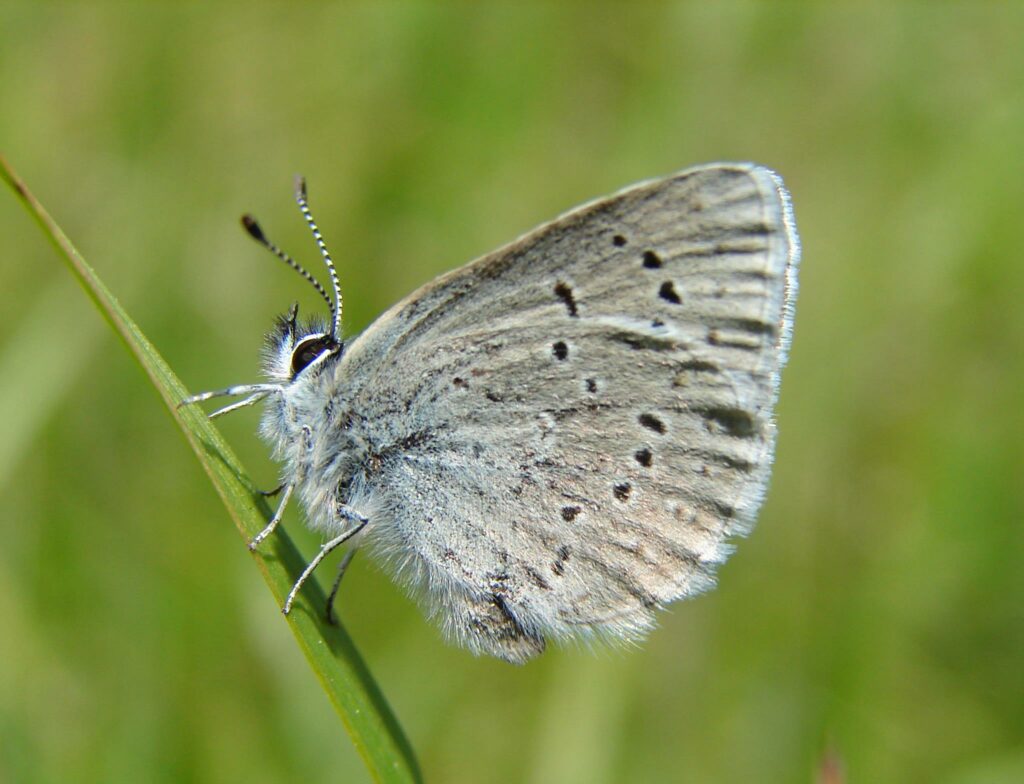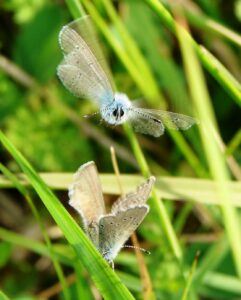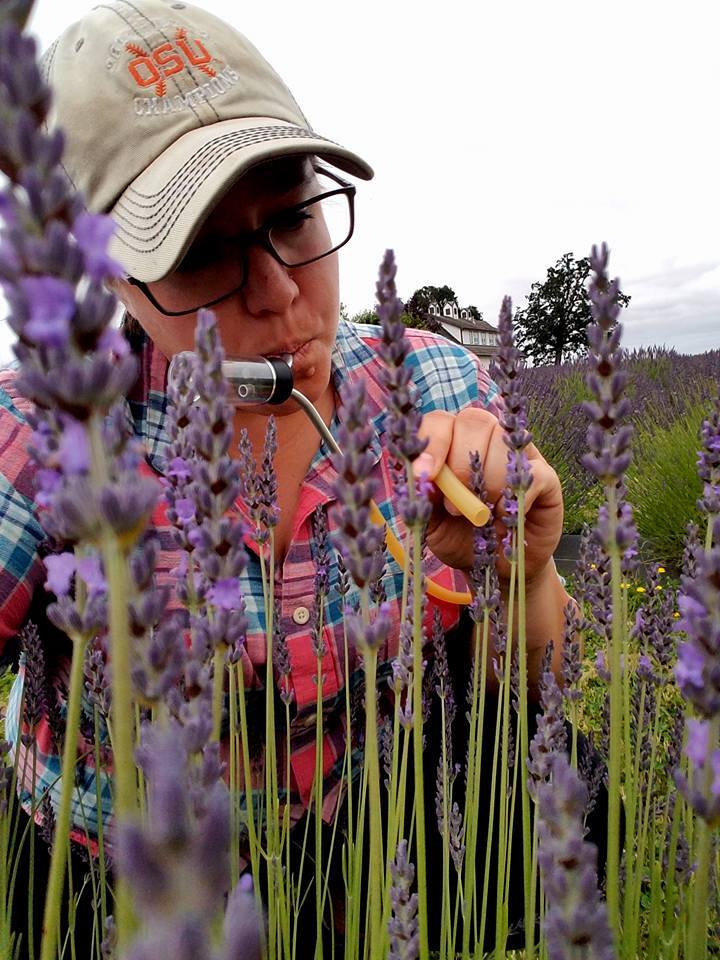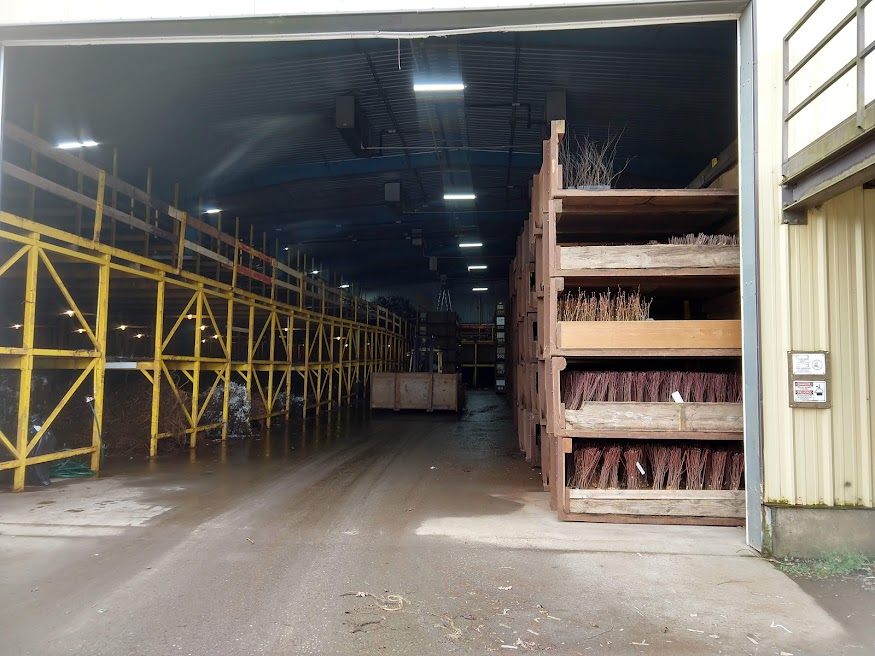In early spring in western Oregon many orchard crops are breaking bud, bulbs are showing off in gardens and perennials are bursting into spring glory. Wine grapes, however, are late to break bud, with average dates at our research vineyard in Corvallis of about mid-April each year. The month period between mid-March to mid-April is a good time to check off a number of tasks before vines break bud and attention needs to turn to managing vine growth.
Controlling weeds is easiest to do when everything is growing slower such as in winter and early spring.

If there are any weeds below vines that have established over winter, control these with herbicides such as glufosinate, glyphosate, or paraquat. After existing weeds have been managed, applying a pre-emergent herbicide helps prevent future weeds from establishing by creating a protective layer of herbicide in the soil. Products such as Casoron and Goal work well, with Casoron being a granule and Goal being a liquid product. For some pre-emergent herbicides, precipitation is needed after application to wash the product into the soil for maximum efficacy. Always carefully read the product label before making an application of any pesticide.

Before vines get growing is a great time to go through the vineyard and remove or destroy vines with galls or cankers. Look for growths such as crown gall at the base of vines or open cuts on cordons or vine trunks. Crown gall can girdle vines, starving the vine of nutrients and water, and is particularly harmful to young vines. Vines infected with crown gall or with open cankers should be removed and burned or transported away from the site and destroyed. Care should be taken when removing vines with crown gall as it can be spread on tools.
Prevention of trunk diseases is key to vineyard longevity, and extended wet periods in spring are perfect conditions for trunk disease pathogens to establish. The pathogens that cause trunk diseases release spores during extended wet periods, and spores are then spread by rain and wind to open pruning cuts. Consider applying protective fungicide applications to cover recently opened pruning wounds to prevent infection. A chemical free way to prevent infection by these pathogens is called double or delayed pruning. A pruning cut is made to vines leaving longer stubs than needed. Later in the season when rains have stopped a second cut is made to the desired length to allow the vines to heal without rain and thus decreasing the chance of infection by trunk pathogens.
Once the grapes get growing it’s hard to keep up so inventory pesticides, PPE and other inputs and place orders for anything that is needed. Calibrate your sprayer, make sure your tractor is functioning well, and order any extra parts that might be needed for the season. A little preparation goes a long way in a successful season, best of luck to all in 2022!

Left: Crown gall makes disorganized, bumpy growths typically located at the base of vines. Remove all affected vines (including as much roots as possible) and destroy, while trying not to contaminate other adjacent vines. Decontaminate tools with 10% bleach or 70% ethanol.


















